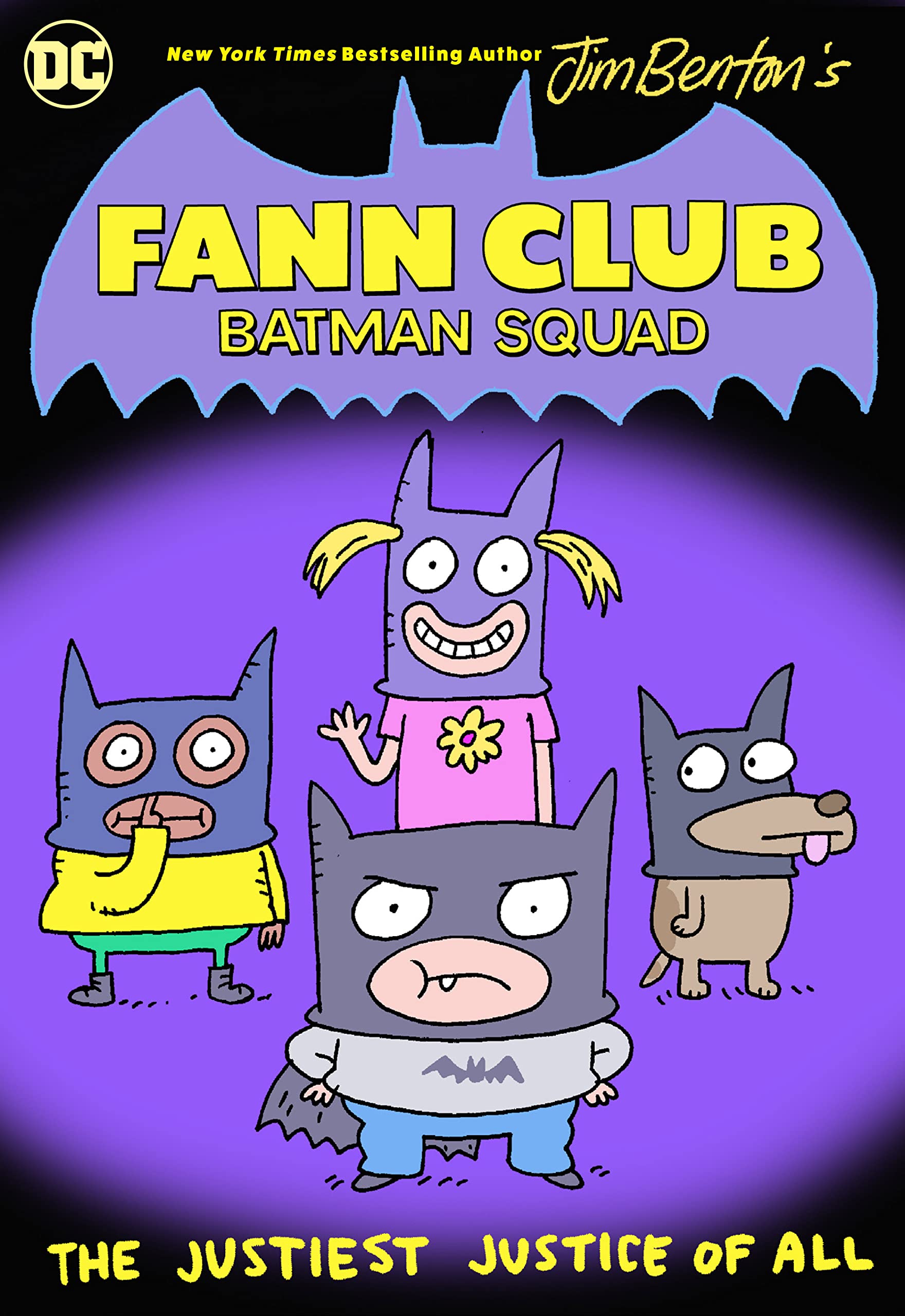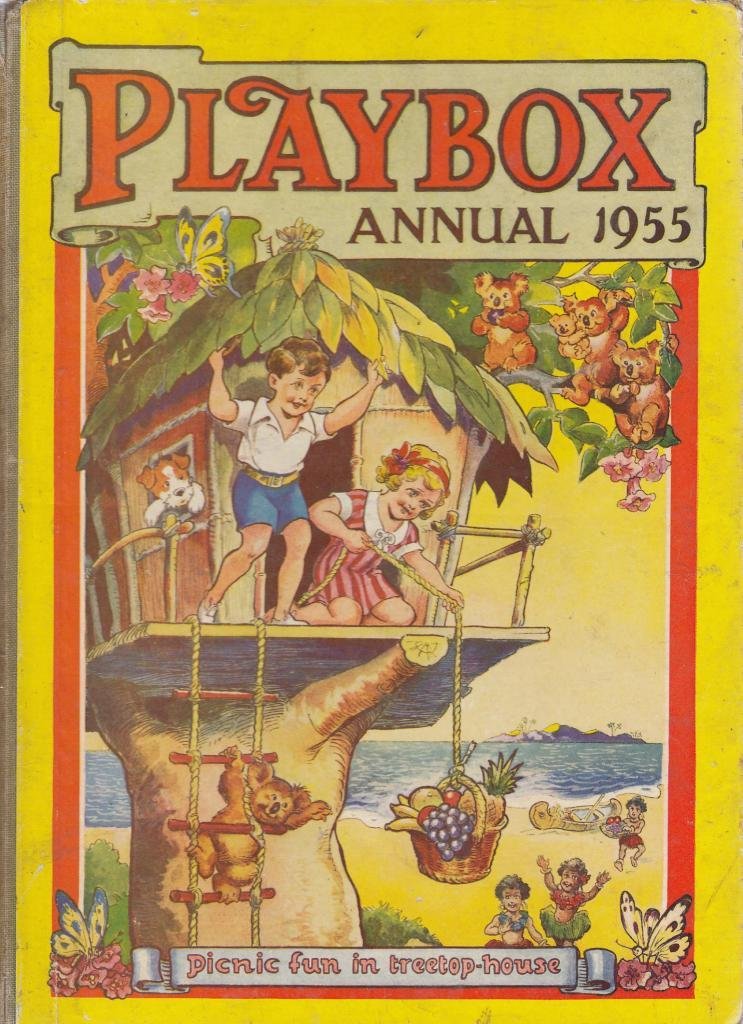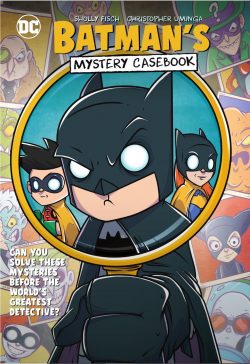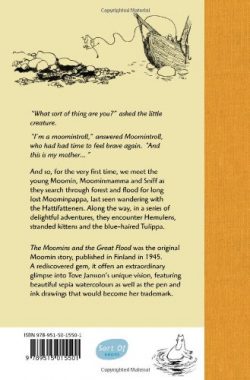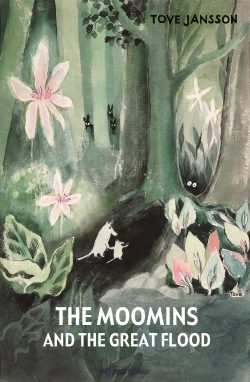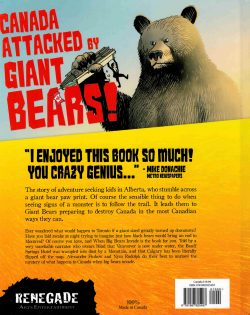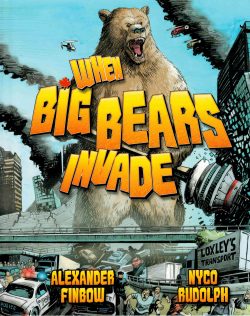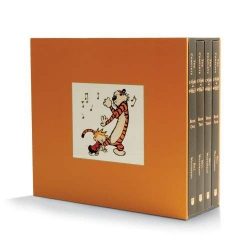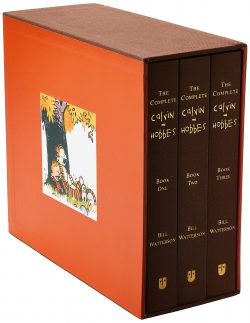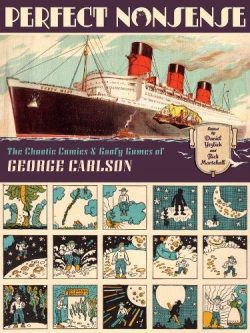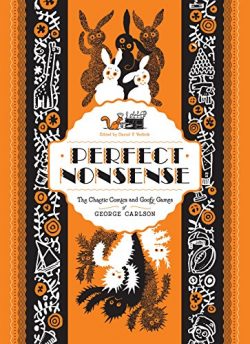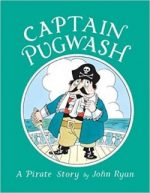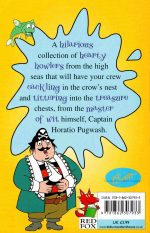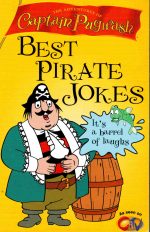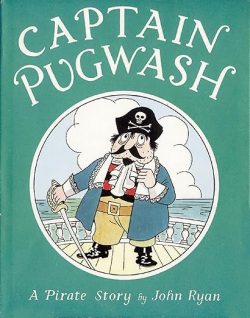
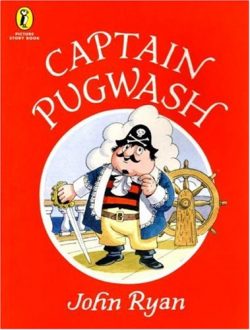
By John Ryan (Frances Lincoln Children’s Books/Picture Puffin Story Books)
ISBN: 978-0140554533 (Puffin PB) 978-1-84507-821-8 (F Lincoln HB)
Ha-HA-HHARRRR! The time be here, Shipmaties! ‘Tis International Talk Like a Pirate Day again!
John Ryan was an artist and storyteller who straddled three distinct disciplines of graphic narrative, with equal qualitative if not financial success.
The son of a diplomat, Ryan was born in Edinburgh on March 4th 1921, served in Burma and India and – after attending the Regent Street Polytechnic (1946-48) – took a post as assistant Art Master at Harrow School from 1948 to 1955. It was during this time that he first began contributing strips to Fulton Press publications, for the company’s glossy distaff alternative Girl, but most especially in the pages of the legendary “boys’ paper” Eagle.
On April 14th 1950, Britain’s grey, postwar gloom was partially lifted by the premiere issue of a new comic that literally shone with light and colour. Avid children were understandably enraptured with the gloss and dazzle of Dan Dare, Pilot of the Future, a charismatic star-turn venerated to this day and by a host of cannily incorporated licensed features such as radio star turns P.C. 49 and Riders of the Range. Eagle was a tabloid-sized paper with full-colour inserts alternating with text and a range of various other comic features. Tabloid is a big page and one can get a lot of material onto each one. Ryan’s quirky, spiky style lent itself to the numerous spot illustrations required throughout the comic every week but he also offered little strip serials. Deep within, on the bottom third of a monochrome page was an 8-panel strip entitled Captain Pugwash – The story of a Bad Buccaneer and the many Sticky Ends which nearly befell him…
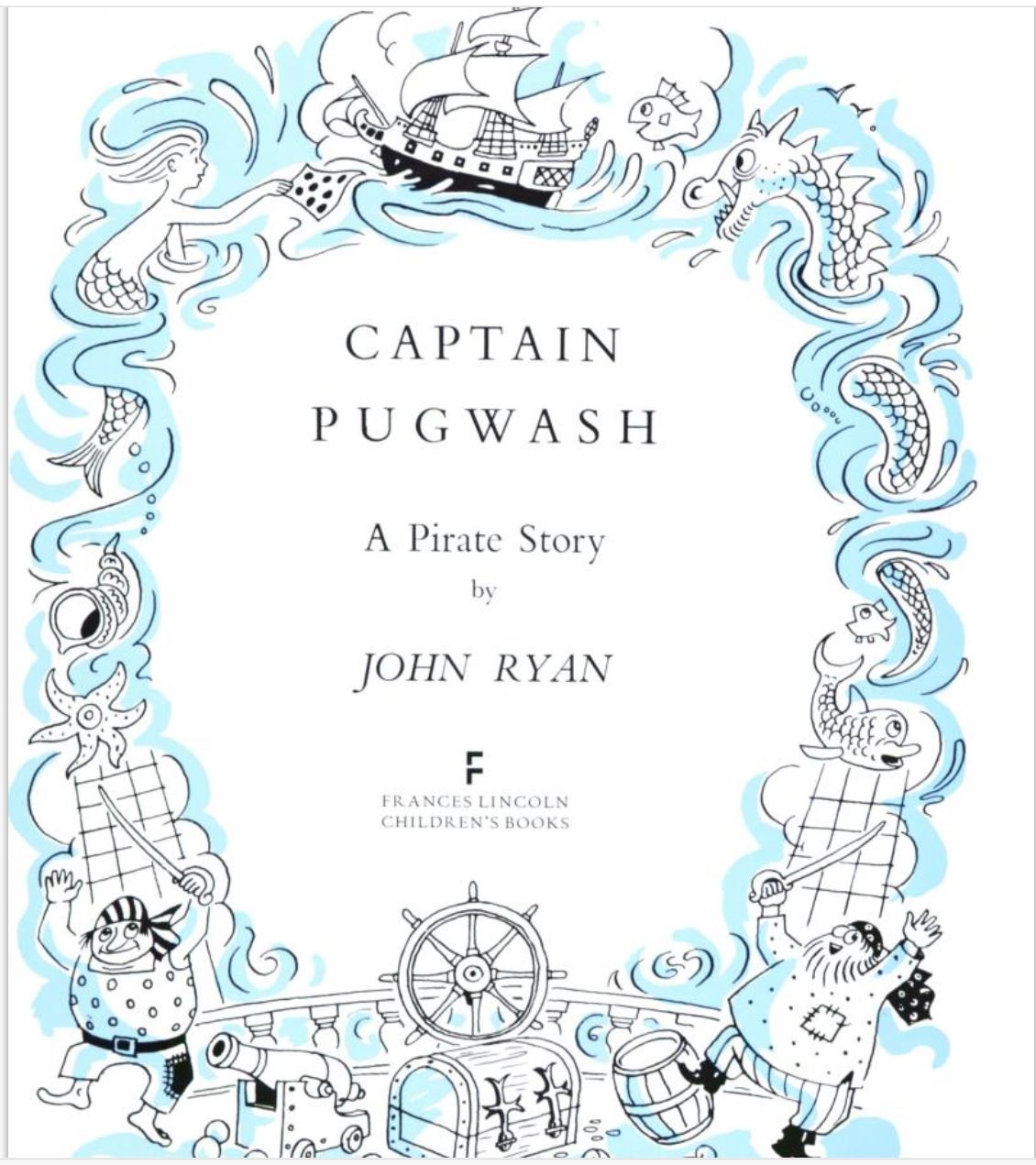
Pugwash, his harridan of a wife and the useless, lazy crew of the Black Pig ran (or more accurately capered and fell about) until issue #19 when the feature disappeared – sunk without trace! This was no real hardship for Ryan who had been writing & illustrating Harris Tweed – Extra Special Agent as a full-page (tabloid, remember – an average of 20 panels per page, per week!) from Eagle #16. (I really must reinvestigate the solidly stolid sleuth too sometime soon…) Tweed ran for three years as a full page until 1953 after which it dropped to a half-page strip and was carefully repositioned as a purely comedic venture.
In 1956 the indefatigable old sea-dog (I mean old Horatio Pugwash but it could so easily be applied to Ryan) made the jump to children’s picture books. The artist was an unceasing story-peddler with a big family, and somehow he also found time to be head cartoonist for The Catholic Herald – a side gig that lasted for 40 years.
A Pirate Story was first published by Bodley Head before switching to children’s publishing specialist Puffin for further editions and more adventures. It was the first foray of a vast (sorry, got away with myself there!) run of children’s books on a number of different subjects. Pugwash himself starred in 21 tomes; there were a dozen books based on the animated TV series Ark Stories, plus Sir Prancelot and a number of other creations. Ryan worked whenever he wanted to in the comics world and eventually the books and the strips began to cross-fertilise.
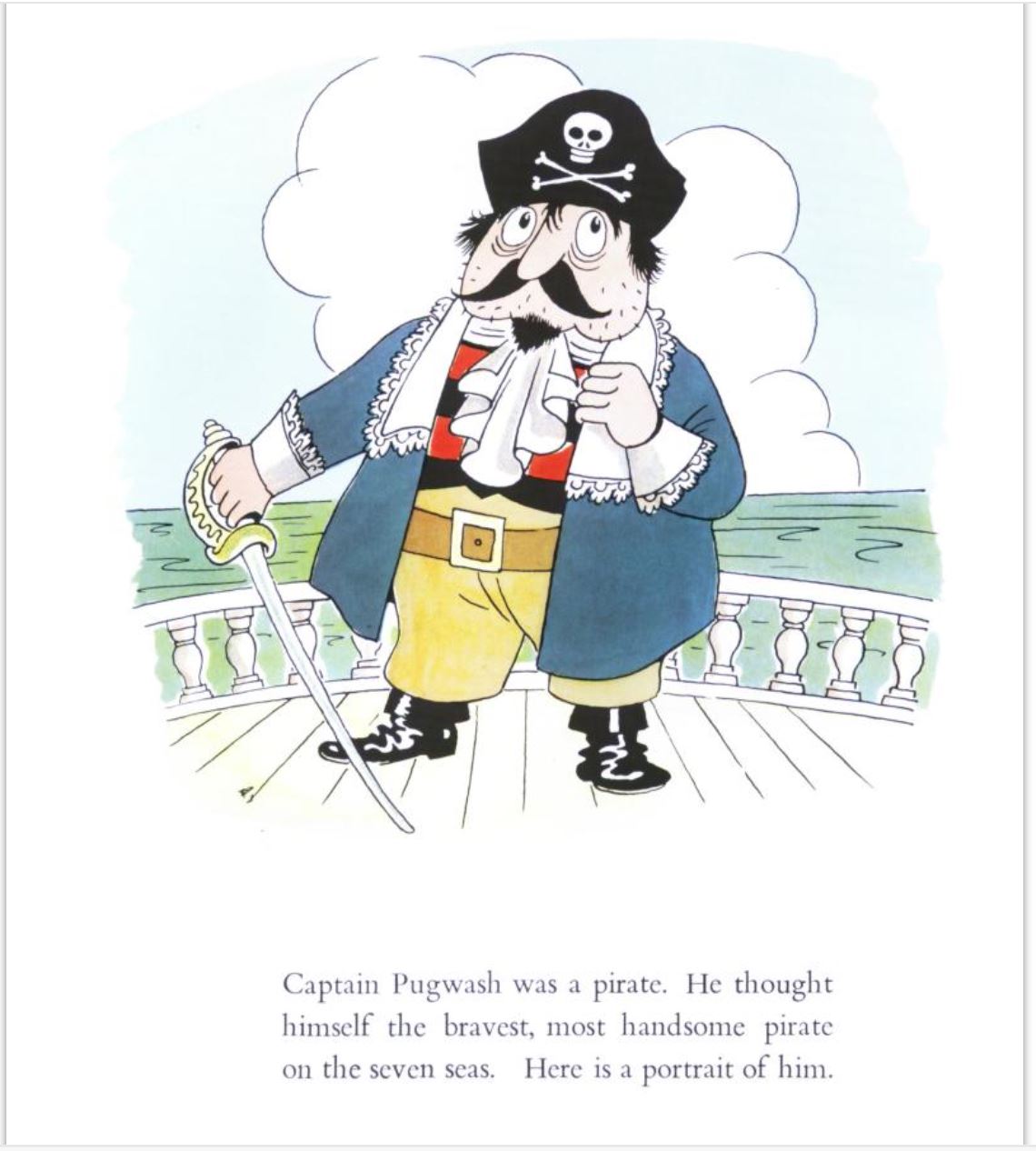
The primary Pugwash is traditional in format, with blocks of text and single illustrations to illuminate a particular moment. But by the publication of Pugwash the Smuggler (1982) entire sequences were lavishly painted comic strips, with as many as eight panels per page, and including word balloons. A fitting circularity to his careers and a nice treat for us old-fashioned comic drones.
After A Pirate Story was released in 1957 the BBC pounced on the property, commissioning Ryan to produce 5-minute episodes (86 in all from 1957 to 1968, all later reformatted in full colour and rebroadcast in 1976). In the budding 1950s arena of animated television cartoons, Ryan developed a new system for producing cheap, high quality animations to a tight deadline. He began with Pugwash, keeping the adventure milieu, but replaced the shrewish wife with a tried-and-true boy assistant. Tom the Cabin Boy is the only capable member of a crew which included such visual archetypes as Willy, Barnabas and Master Mate (fat, thin and tall – and all dim), instantly affirming to the rapt, young audience that grown-ups are fools and kids do, in fact, rule.
Ryan also drew a weekly Captain Pugwash strip for The Radio Times – lasting eight years – before going on to produce other animated series including Mary, Mungo and Midge, The Friendly Giant and the aforementioned Sir Prancelot. There were also adaptations of some of his many other children’s books. In 1997, an all-new CGI-based Pugwash animated TV series began. I don’t need to tell that we’re about due another go-round…
This first story sets the scene with a delightful clown’s romp as the so-very-motley crew of the Black Pig sail in search of buried treasure, only to fall into a cunning trap set by truly nasty Cut-Throat Jake. Luckily, Tom is as smart as his shipmates and Captain are not…
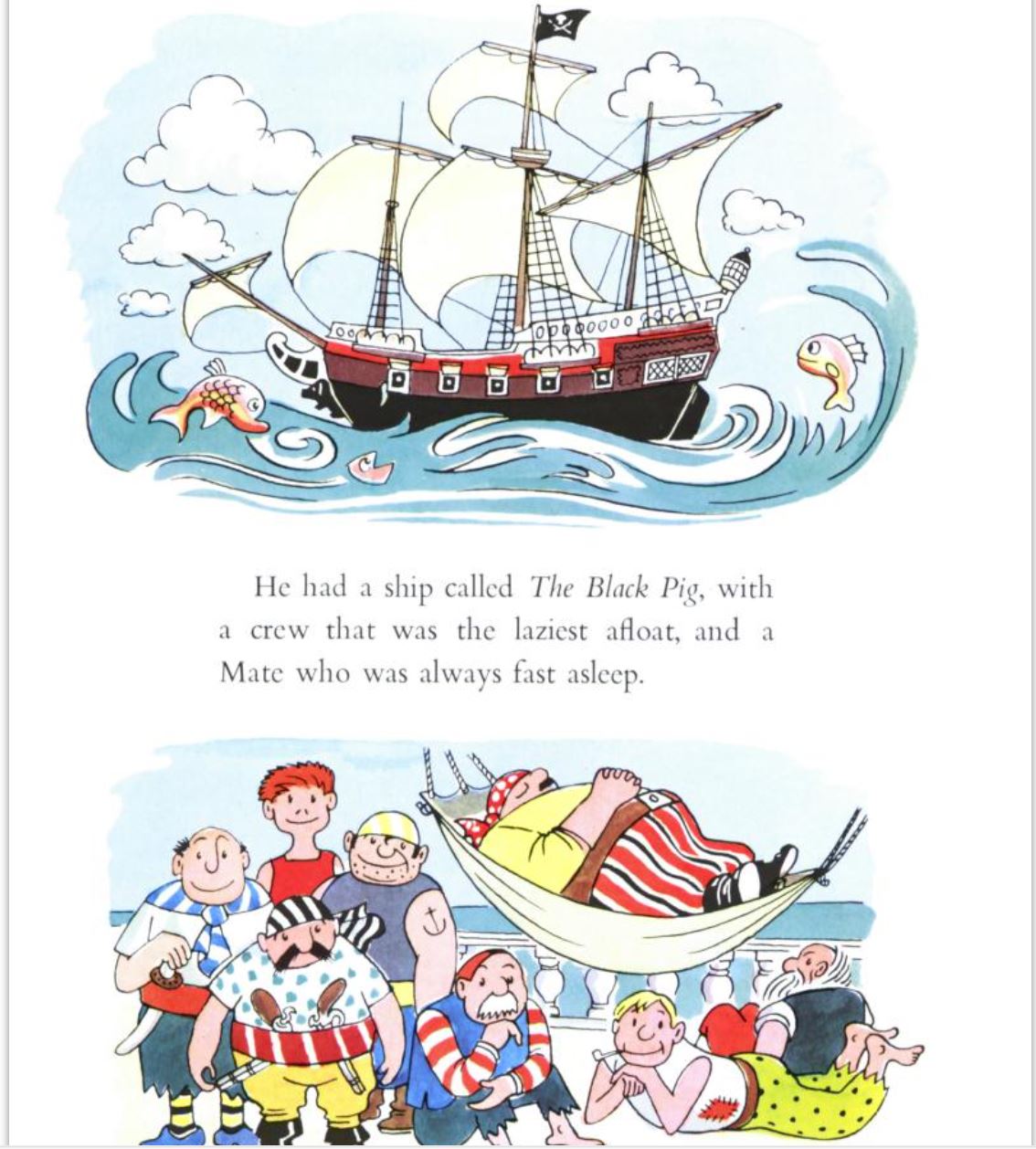
Ryan returned to pirate life in the 1980s, drawing three new Pugwash storybooks: The Secret of the San Fiasco, The Battle of Bunkum Bay & The Quest for the Golden Handshake, as well as thematic prequel Admiral Fatso Fitzpugwash, in which it’s revealed that the not-so-salty seadog had a medieval ancestor who became First Sea Lord, despite being terrified of water…
The 2008 edition of A Pirate Story (from Frances Lincoln Children’s Books) came with a free audio CD, and just in case I’ve tempted you beyond endurance here’s a full list (I think) of the good(ish) Captain’s exploits that you should make it your remaining life’s work to unearth: Captain Pugwash: A Pirate Story (1957), Pugwash Aloft (1960), Pugwash and the Ghost Ship (1962), Pugwash in the Pacific (1963), Pugwash and the Sea Monster (1976), Captain Pugwash and the Ruby (1976), Captain Pugwash and the Treasure Chest (1976), Captain Pugwash and the New Ship (1976), Captain Pugwash and the Elephant (1976), The Captain Pugwash Cartoon Book (1977), Pugwash and the Buried Treasure (1980), Pugwash the Smuggler (1982), Captain Pugwash and the Fancy Dress Party (1982), Captain Pugwash and the Mutiny (1982), Pugwash and the Wreckers (1984), Pugwash and the Midnight Feast (1984), The Battle of Bunkum Bay (1985), The Quest of the Golden Handshake (1985), The Secret of the San Fiasco (1985), Captain Pugwash and the Pigwig (1991) and Captain Pugwash and the Huge Reward (1991). All pearls beyond price and a true treasure of graphic excellence.
We don’t have that many multi-discipline successes in comics, so why don’t you go and find out why we should celebrate one who did it all, did it first and did it well? Your kids will thank you and if you’ve any life left in your old and weary soul, you will too
The quintessential pirate king appears to be generally out of print and long, long overdue for revival, so it might mean a bit of digging around to unearth copies but on this day and in the anniversary year of Eagle, surely a little effort and skulduggery is not beyond us?
© 1957, 2009 John Ryan and (presumably) the Estate of John Ryan. All rights reserved.
On this day in 1953, Paddy Brennan’s General Jumbo first appeared in The Beano, and one year later my old flatmate and artist par excellence Garry Leach was born. Both went away far too soon and are still so very much missed.


